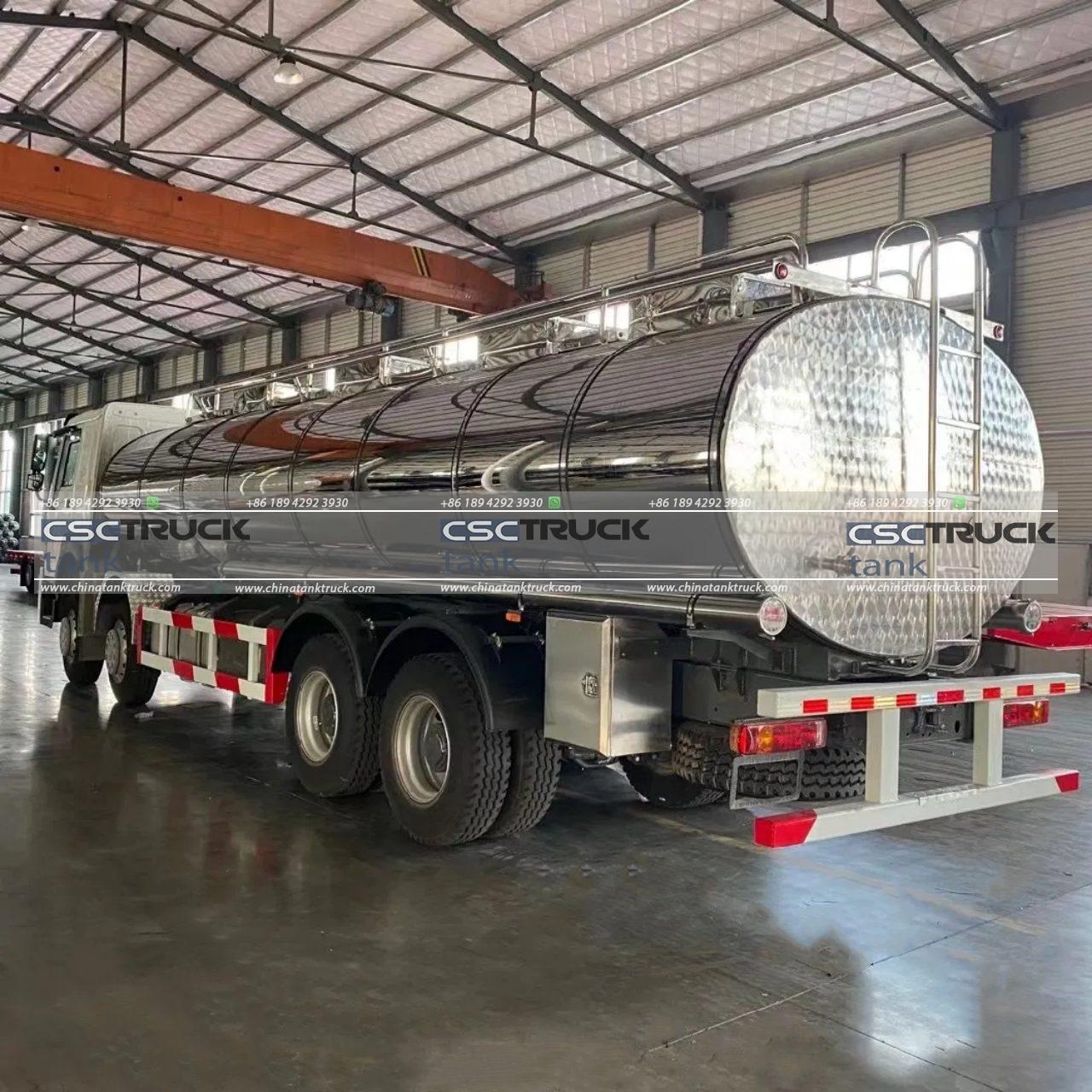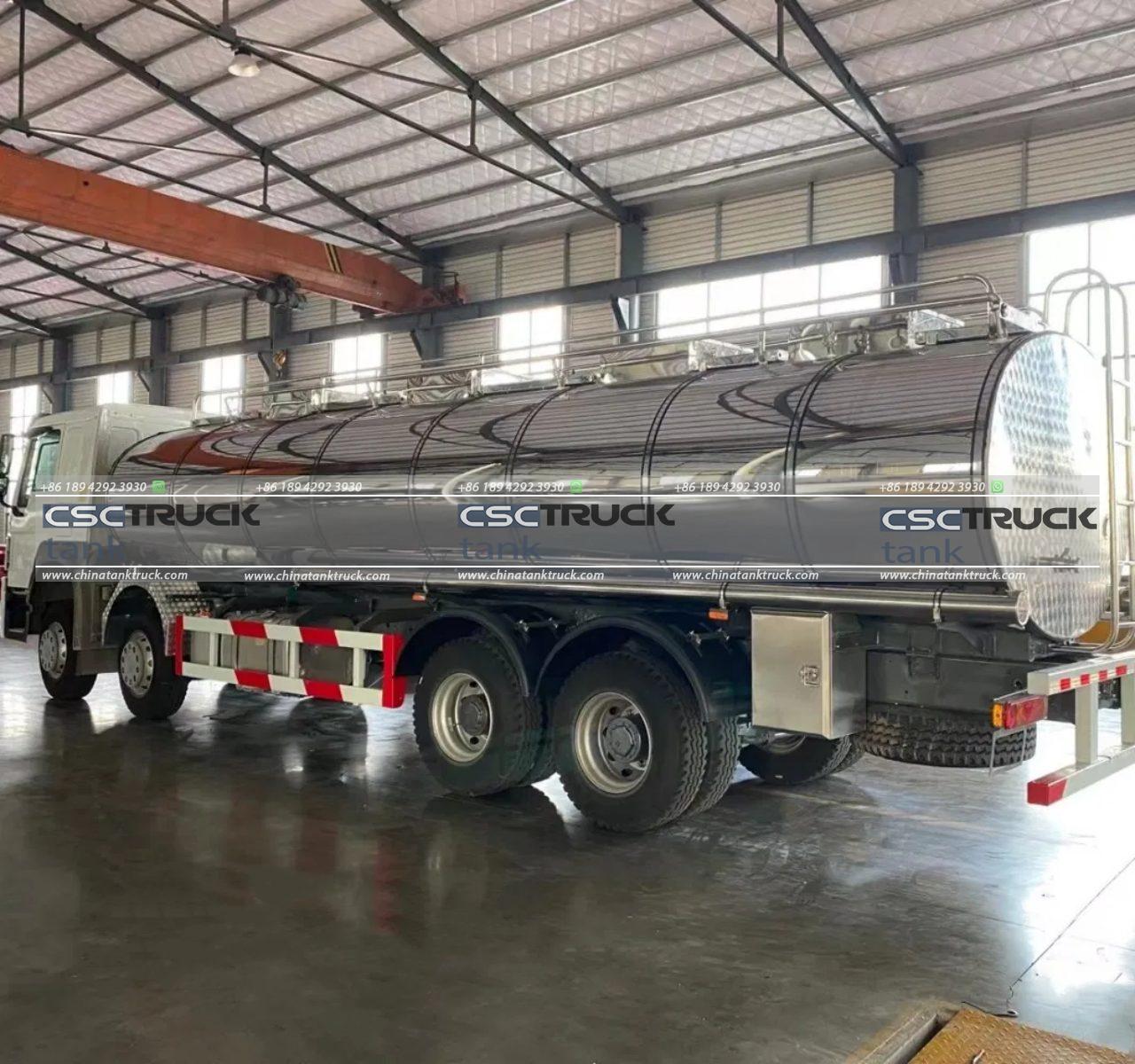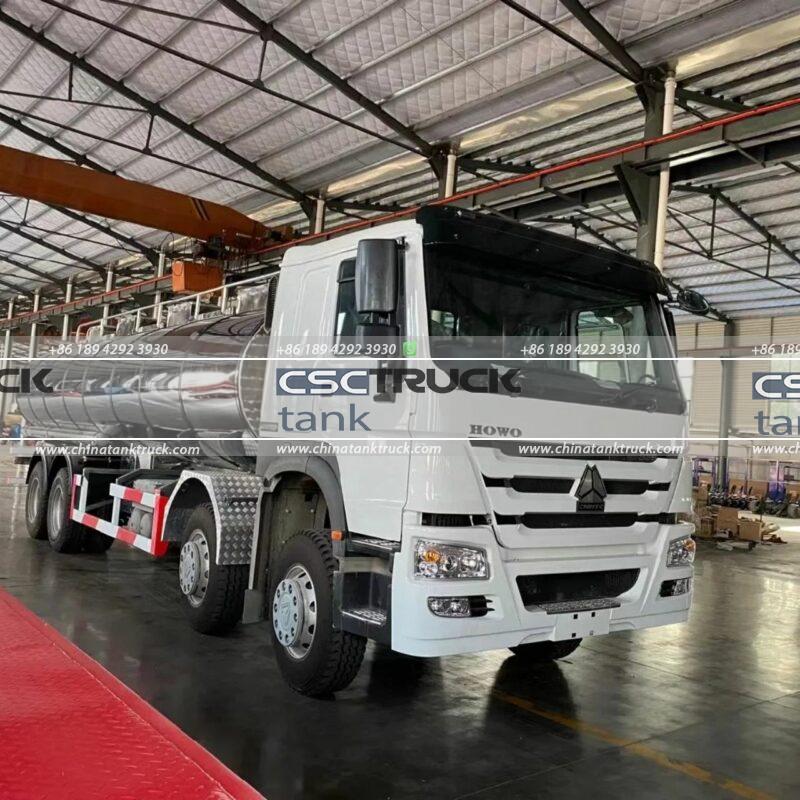What are the Important Considerations during the Unloading of Bulk Milk Tanks?
Unloading bulk milk tanks is a critical step in the dairy supply chain, ensuring that milk collected from farms reaches processing facilities in optimal condition. The process requires careful attention to several factors, including hygiene, temperature control, equipment maintenance, and adherence to regulatory standards. In this article, we will delve into the key considerations that must be observed during the unloading of bulk milk tanks to ensure the quality and safety of the milk, as well as the efficiency of the operation.
1. Hygiene and Sanitation
One of the foremost considerations during the unloading of bulk milk tanks is maintaining strict hygiene and sanitation standards. Milk is a highly perishable product that can easily be contaminated by bacteria, leading to spoilage or the transmission of pathogens. Therefore, ensuring cleanliness at every stage of the unloading process is crucial.
Before unloading begins, the exterior of the bulk milk tank should be inspected and cleaned if necessary. The connection points between the tank and the unloading equipment, such as hoses and valves, must be thoroughly sanitized to prevent the introduction of contaminants. It is also essential to use food-grade materials for all equipment that comes into contact with the milk.
Operators involved in the unloading process should follow strict personal hygiene protocols, including wearing clean gloves, hairnets, and protective clothing. Regular training on sanitation practices can help minimize the risk of contamination and ensure that all personnel are aware of the importance of hygiene in milk handling.

2. Temperature Control
Maintaining the appropriate temperature of the milk during unloading is crucial to preserving its quality. Milk should be kept at a temperature between 1°C and 4°C (34°F to 39°F) to inhibit the growth of harmful bacteria. Any deviation from this temperature range can result in spoilage or reduced shelf life of the milk.
Before unloading, the temperature of the milk in the bulk tank should be checked and recorded. The unloading process should be conducted as quickly as possible to minimize the time the milk spends outside the controlled environment of the bulk tank. It is also important to ensure that the receiving storage tanks or transportation trucks are pre-cooled to the appropriate temperature to prevent temperature fluctuations during transfer.
In addition to monitoring the milk temperature, the ambient temperature in the unloading area should be controlled, especially in warm climates. Excessive heat can raise the milk’s temperature and compromise its quality, making it imperative to unload the milk in a cool, shaded environment.
3. Equipment Maintenance and Calibration
The proper functioning of unloading equipment is essential for a smooth and efficient process. Any malfunction or inaccuracy in the equipment can lead to delays, contamination, or loss of product. Therefore, regular maintenance and calibration of the equipment used during the unloading process are critical.
Key pieces of equipment include pumps, hoses, valves, and temperature monitoring devices. These should be inspected regularly for signs of wear, leaks, or damage. Any faulty equipment should be repaired or replaced immediately to prevent issues during unloading.
Calibration of temperature sensors and flow meters is also important to ensure accurate readings and measurements. Incorrect temperature readings could lead to the milk being rejected by the processing facility, while inaccurate flow measurements could result in incorrect billing or inventory discrepancies.

4. Adherence to Regulatory Standards
The dairy industry is subject to strict regulatory standards to ensure the safety and quality of milk. These standards cover various aspects of milk production, handling, and transportation, including the unloading process. Compliance with these regulations is not only a legal requirement but also essential for maintaining the trust of consumers and business partners.
Regulatory bodies, such as the U.S. Food and Drug Administration (FDA) or the European Food Safety Authority (EFSA), have established guidelines for the unloading of bulk milk tanks. These guidelines may include requirements for temperature control, equipment hygiene, and record-keeping. For example, in the United States, the Pasteurized Milk Ordinance (PMO) outlines the standards for milk handling and transportation, including the procedures for unloading bulk milk tanks.
Operators should be familiar with the relevant regulations and ensure that their unloading procedures comply with these standards. Regular audits and inspections by regulatory authorities may be conducted to verify compliance, and any violations can result in fines, product recalls, or the suspension of operations.
5. Milk Quality Testing
Before the milk is unloaded from the bulk tank, it is essential to conduct quality testing to ensure that it meets the required standards. This testing typically includes checks for temperature, bacterial count, somatic cell count, and the presence of any contaminants such as antibiotics or chemicals.
Milk samples should be taken from the bulk tank and tested for these parameters before unloading. If the milk fails to meet the quality standards, it should not be unloaded, and the issue should be investigated. This step is crucial for preventing contaminated or poor-quality milk from entering the processing facility, which could compromise the safety and quality of the final products.
In addition to pre-unloading testing, samples should be taken and retained for future reference. This practice allows for traceability in case any issues arise later in the supply chain, providing a means to identify the source of the problem.

6. Unloading Procedures and Documentation
Having a standardized procedure for unloading bulk milk tanks is important for ensuring consistency and efficiency. This procedure should include steps for preparing the unloading area, connecting the equipment, monitoring the process, and documenting the details.
A well-defined unloading procedure helps prevent errors and ensures that all personnel follow the same steps, reducing the risk of contamination or mishandling. It should also include protocols for handling any issues that may arise during unloading, such as equipment malfunctions or deviations in milk quality.
Documentation is another critical aspect of the unloading process. Detailed records should be kept of each unloading event, including the time, date, temperature readings, milk volume, and the results of any quality tests conducted. These records are important for traceability, regulatory compliance, and operational analysis. In the event of a quality issue, having comprehensive documentation allows for quick identification of the source and implementation of corrective actions.
7. Environmental Considerations
Unloading bulk milk tanks can have environmental implications, particularly in terms of waste management and energy consumption. Proper handling of waste products, such as cleaning water and milk residues, is necessary to minimize the environmental impact of the unloading process.
Wastewater generated during equipment cleaning should be treated according to environmental regulations before being discharged. Additionally, any spilled milk should be cleaned up immediately to prevent it from contaminating the surrounding environment.
Energy consumption is another consideration, especially in the context of temperature control. Efficient equipment and processes can help reduce the energy required for cooling and transferring the milk, contributing to overall sustainability efforts in the dairy industry.

Conclusion
Unloading bulk milk tanks is a critical step in the dairy supply chain that requires careful attention to various factors. Ensuring hygiene and sanitation, maintaining temperature control, and adhering to regulatory standards are essential for preserving the quality and safety of the milk. Regular equipment maintenance, thorough milk quality testing, and comprehensive documentation further contribute to a smooth and efficient unloading process. By considering these important aspects, dairy operators can help ensure that the milk they handle meets the highest standards of quality and safety, ultimately benefiting consumers and the industry as a whole.

